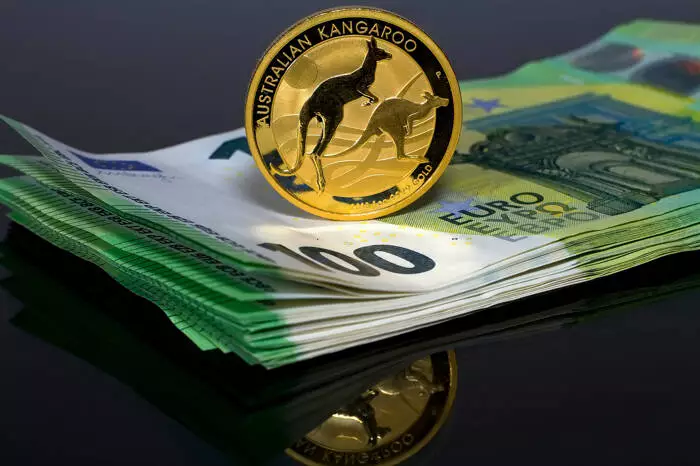In a recent analysis of the Australian economy, experts have highlighted the implications of inflation on the Reserve Bank of Australia (RBA) and the overall economic outlook. Bloomberg TV APAC Chief Markets Editor, David Ingles, noted in June that the Monthly CPI Indicator showed hotter-than-expected results. This led to speculation that there could be a potential RBA rate hike in September. However, economists remain divided on this issue, with Westpac Chief Economist Luci Ellis predicting a rate cut instead in November. The conflicting views reflect the uncertainty surrounding the impact of inflation on households and the broader economy.
Looking ahead, investors are closely monitoring key inflation numbers from China, due to be released on July 10. Economists predict a rise in the annual inflation rate from 0.3% in May to 0.4% in June. A higher inflation rate could signify an improving demand environment, which would have positive implications for the Australian economy. With a significant trade-to-GDP ratio and a considerable number of trade-related jobs, Australia’s economic performance is closely tied to its trade relationships. Notably, China accounts for a substantial portion of Australian exports, making it a crucial market for the country. As such, any developments in China’s trade data, expected to be released on July 12, will also be closely watched. Forecasts suggest an uptick in imports and exports, indicating a potential improvement in demand conditions.
Assessment of the Chinese Economy
Recent research from East Asia Econ has provided insights into the current state of the Chinese economy. Despite concerns about consumer confidence and the labor market, the paper suggests that consumption levels and wage growth in China are not as weak as perceived. This contrasting view challenges the prevailing narrative about the Chinese economy and raises questions about market sentiment towards China’s economic performance.
In addition to developments in China, the US economic calendar remains a crucial factor influencing near-term trends in the AUD/USD pairing. The upcoming US CPI Report, scheduled for release on July 11, will be closely watched by economists. Forecasts suggest that the US core inflation rate will remain steady at 3.4% in June, while the annual inflation rate is expected to ease slightly from 3.3% to 3.1%. A divergence from these estimates could impact investor expectations regarding a potential Fed rate cut in September. Federal Reserve Chair Powell’s recent comments on inflation trends and wage growth have also played a significant role in shaping market sentiment. As wage growth slowed in June, there is a heightened focus on how these factors will influence the Fed’s monetary policy decisions moving forward.
The interplay between Australian inflation expectations, Chinese economic data, and US macroeconomic indicators continues to drive market volatility and investor sentiment. As experts offer divergent views on the potential outcomes for the Australian economy and the RBA’s monetary policy stance, market participants must remain vigilant and adapt their strategies accordingly to navigate the evolving landscape of global economic trends.


Leave a Reply